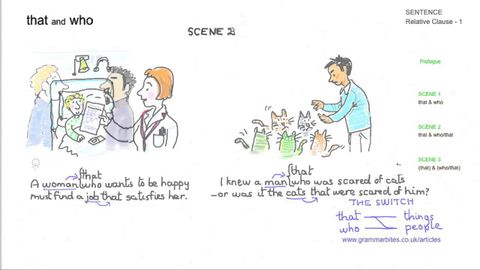
字幕與單字
學習英語 - 句子。相對句(1 - 'that'& 'who') (Learn English - Sentences: Relative Clauses (1 - 'that' & 'who'))
00
钟楹海 發佈於 2021 年 01 月 14 日收藏
影片單字
subject
US /ˈsʌbdʒekt/
・
UK /'sʌbdʒɪkt/
- n. (c./u.)主題;主語;研究對象、科研對象;學科、科目、課程;國民、臣民
- v.t.使經受、使遭受
A1 初級多益初級英檢
更多 使用能量
解鎖所有單字
解鎖發音、解釋及篩選功能
